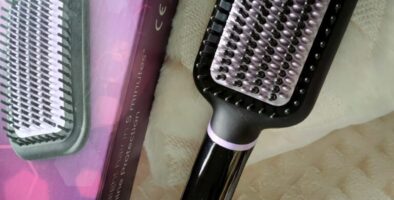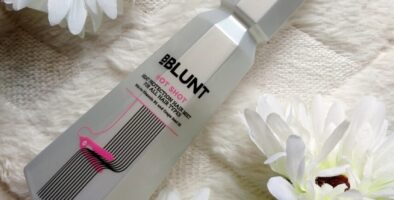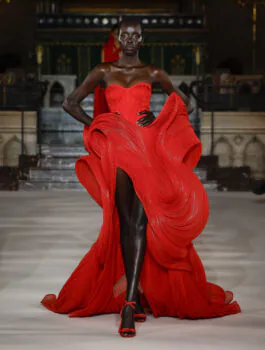By Ms. Japnah Gambhir, Founder of Majestic Hair By Japnah

If you’ve been dealing with thinning hair, you may have thought about getting extensions. Do you want to know if that’s the right solution for your hair problems? Don’t worry, you’ve come to the right place.
Hair extensions are a fashionable way to cover up thinning or naturally thin and fine hair. Running to the salon every few weeks can be costly and time-consuming. These natural and easy clip-in extensions are the easiest solution to disguise your hair problem, whether it’s for your everyday look or getting ready for an event or party. They mix seamlessly with your hair, making it look just as unique, thick, long, shiny, and enviably seductive.
Clip-in Hair Extensions: Clip-in hair extensions are an excellent temporary hair extension solution that is simple to apply and remove. They are the simplest and quickest way to achieve longer, thicker hair without committing to permanent extensions.
Clip-in hair extensions are often secured to a base weft with easily stitched clips. When compared to other hair extension treatments, clip-ins involve the least amount of time and effort. Clip-in extensions are ideal if you want to encourage the healthy growth of your natural hair.
Tape-in Hair Extensions: Tape-in hair extensions are a semi-permanent hair extension procedure. Tapes are the quickest and easiest hair extension method to apply and remove after clip-ins. Unlike clip-ins, this form of temporary hair extension requires the assistance of a skilled, professional hairdresser.
Tapes are normally 1 inch wide and are adhered to the hair with sticky glue. Because tape-in extensions are applied to a large amount of hair, they do not cause the natural hair as much pressure and breaking as other permanent extension procedures.
Micro-Link/Cold Fusion Hair Extension Methods: Individual hair extension tips are bonded to tiny wefts of hair in micro-link extensions. With a specialised hair plier, each individual tip is clamped to the hair using a micro-ring or nano-bead. The points are arranged in perfect rows around the head, and the beads are matched to your natural hair colour. When used correctly, this form of application will not need any heat or adhesive glue to connect the extension to the hair and can be a very safe and discrete procedure.
Pre-Bonded/ Hot-Fusion Hair Extension Methods: Fusion bonds, also known as keratin bond extensions, are applied to your hair with a pre-adhesive extension tip that is fused to small sections of hair with a hot clamp. Pre-bonded hair extension procedures are frequently a preferable alternative for those with finer hair because they do not put as much strain on the base of your natural hair as other permanent hair extension methods. If your hair has been damaged by over-processing or heat styling, your stylist may advise you to avoid fusion bonds; hot-fusion will risk further damage to your natural hair and hinder healthy hair growth.
Sew-In Hair Extension Methods: The L.A. Weave or Micro-ring method is commonly used to apply for sewn-in hair extensions or ‘Weaves.’
Weaves are long wefts of hair sewed to layers of your natural hair, comparable to clip-in extensions. The hair is braided and sewn with a needle and thread, or it is applied with a micro-ring.
This hair extension method is only appropriate for persons with thicker hair; weaves can frequently cause too much tension to thin or already damaged hair. If you have thick or heavily textured hair, weaves are an excellent alternative for hair extensions.









